When it comes to home renovations, one area that is often overlooked is the interior doors. While they may seem like a minor detail, updating your doors can have a significant impact on the overall look and feel of your home. In this article, we will discuss the top three things that homeowners should consider when updating their interior doors.
Style and Material
The first thing to consider when upgrading your interior doors is the style and material. There are a variety of door styles and materials to choose from, and the one you select will depend on your personal preference, the style of your home, and your budget.
Some popular door styles include:
- Paneled doors: These doors have raised or flat panels that add depth and texture to the door.
- French doors: These doors have glass panes that allow for natural light to flow through the room.
- Barn doors: These doors slide on a track and are a great option for rooms with limited space.
- Pocket doors: These doors slide into a wall cavity, making them a great space-saving option.
In terms of materials, you can choose from:
- Wood: A classic option that provides warmth and character to a room.
- MDF: A cost-effective option that mimics the look of real wood.
- Glass: A modern option that allows for natural light to flow through a room.
- Metal: A durable option that is great for high-traffic areas.
When selecting your door style and material, consider the overall aesthetic of your home and the functionality of the space.
Average cost: The cost of upgrading your interior doors can vary widely depending on the style and material you choose. On average, homeowners can expect to spend between $100 and $500 per door.
Hardware and Accessories
The second thing to consider when upgrading your interior doors is the hardware and accessories. This includes the doorknob, hinges, and any other decorative features such as trim or molding.
- Doorknobs come in a variety of styles and finishes, including:
- Lever: A modern option that is easy to grip.
- Round: A classic option that provides a traditional look.
- Square: A contemporary option that adds a modern touch.
In terms of finishes, you can choose from:
- Brass: A timeless option that adds warmth to a room.
- Chrome: A modern option that adds a sleek touch.
- Nickel: A versatile option that can work with a variety of styles.
When selecting your hardware and accessories, consider the overall look and feel you want to achieve.
Average cost: The cost of upgrading your hardware and accessories can vary depending on the quality and style you choose. On average, homeowners can expect to spend between $50 and $200 per door.
Installation
The final thing to consider when upgrading your interior doors is the installation process. While some homeowners may be able to install their doors themselves, it is often best to hire a professional to ensure a proper fit and finish.
When selecting an installer, be sure to consider their experience and reputation. You may also want to ask for references or read online reviews to get a sense of their work.
Average cost: The cost of installation can vary depending on the complexity of the job and the installer you choose. On average, homeowners can expect to spend between $100 and $300 per door for installation.
In conclusion, upgrading your interior doors can have a significant impact on the overall look and feel of your home. By considering the style and material, hardware and accessories, and installation process, you can ensure that your doors enhance the functionality and aesthetic of your space.
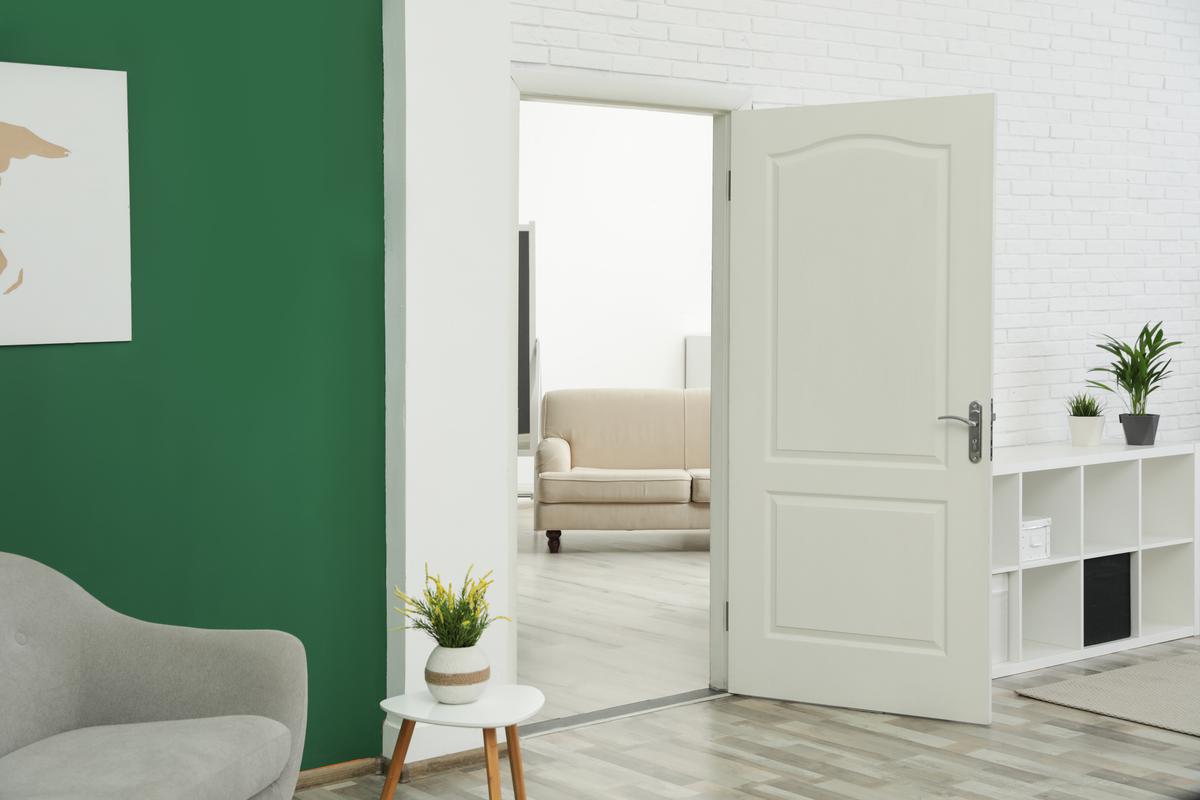

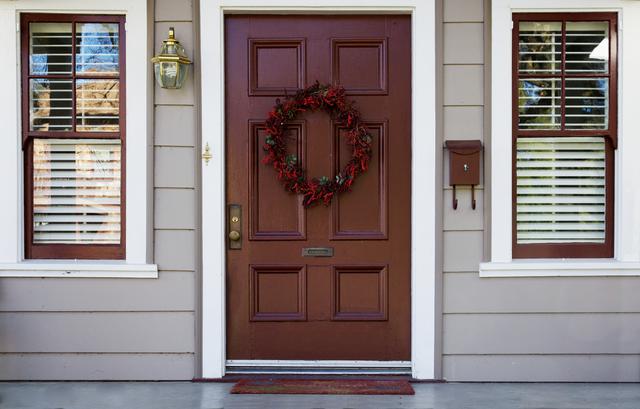
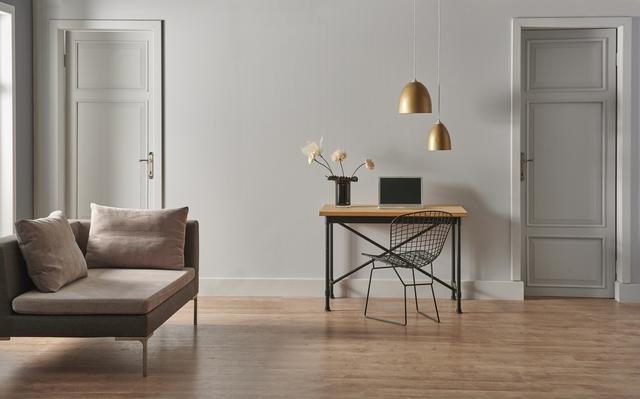
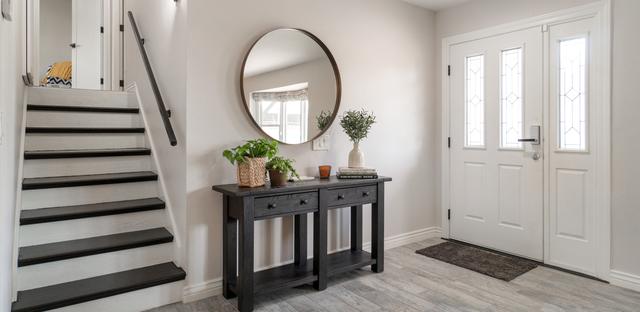
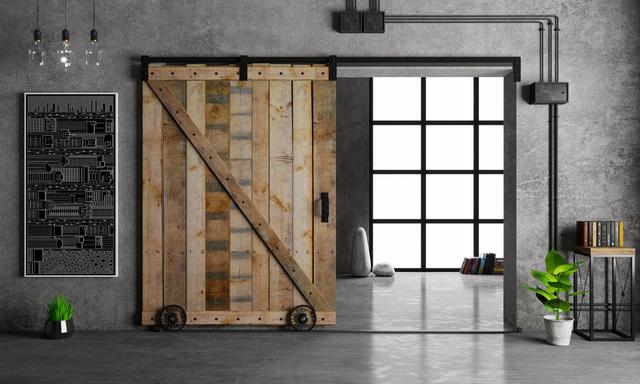
comments